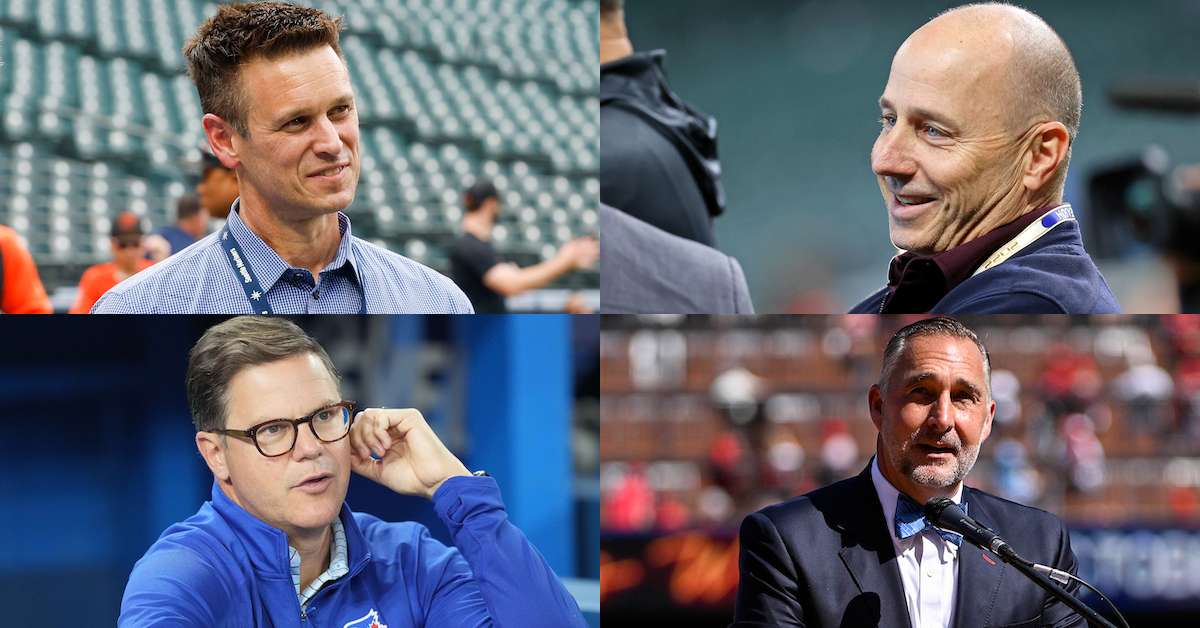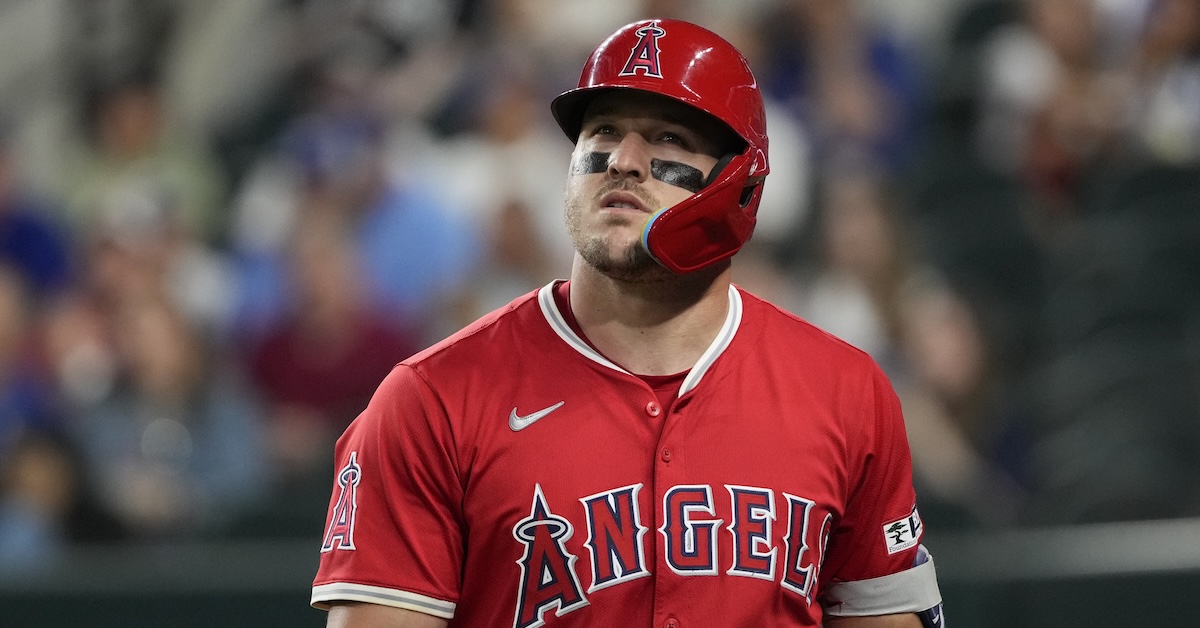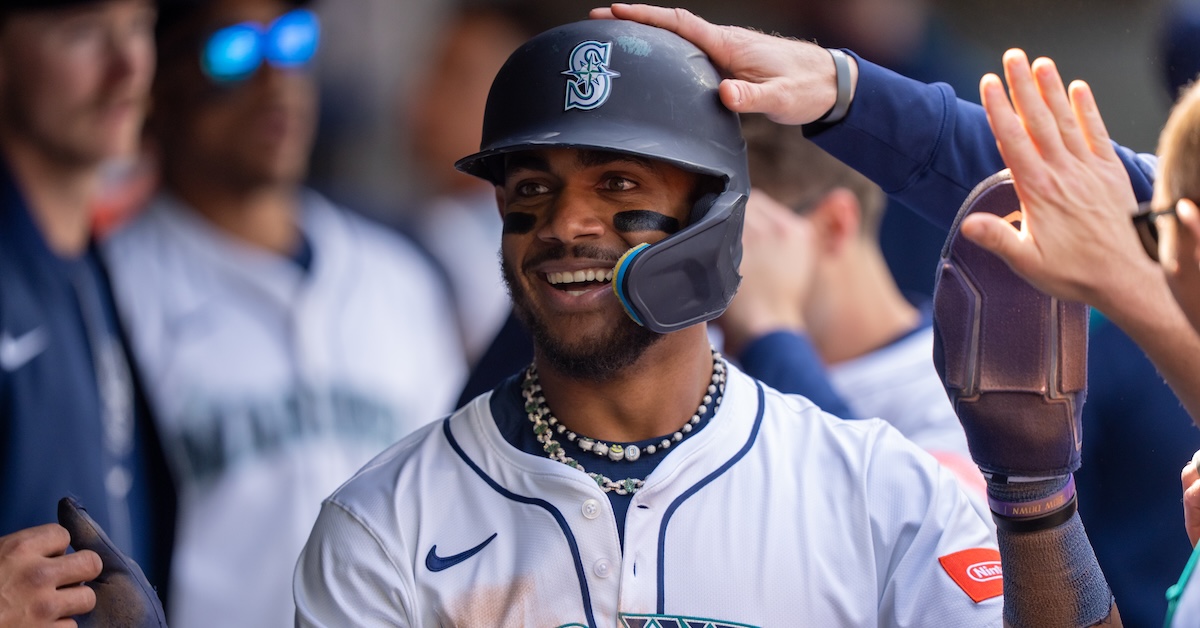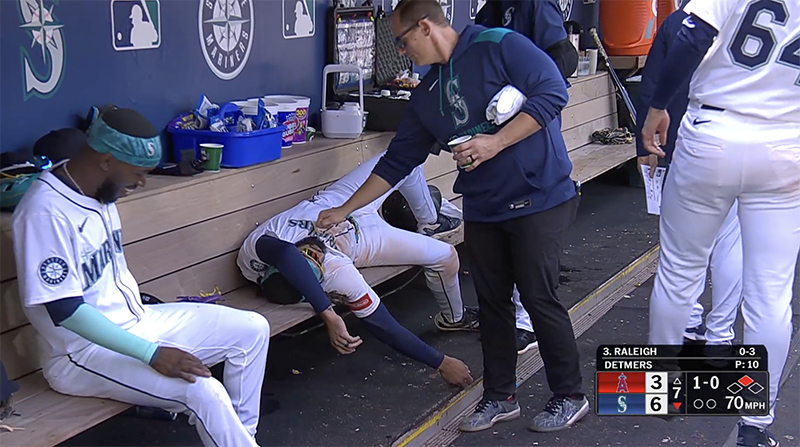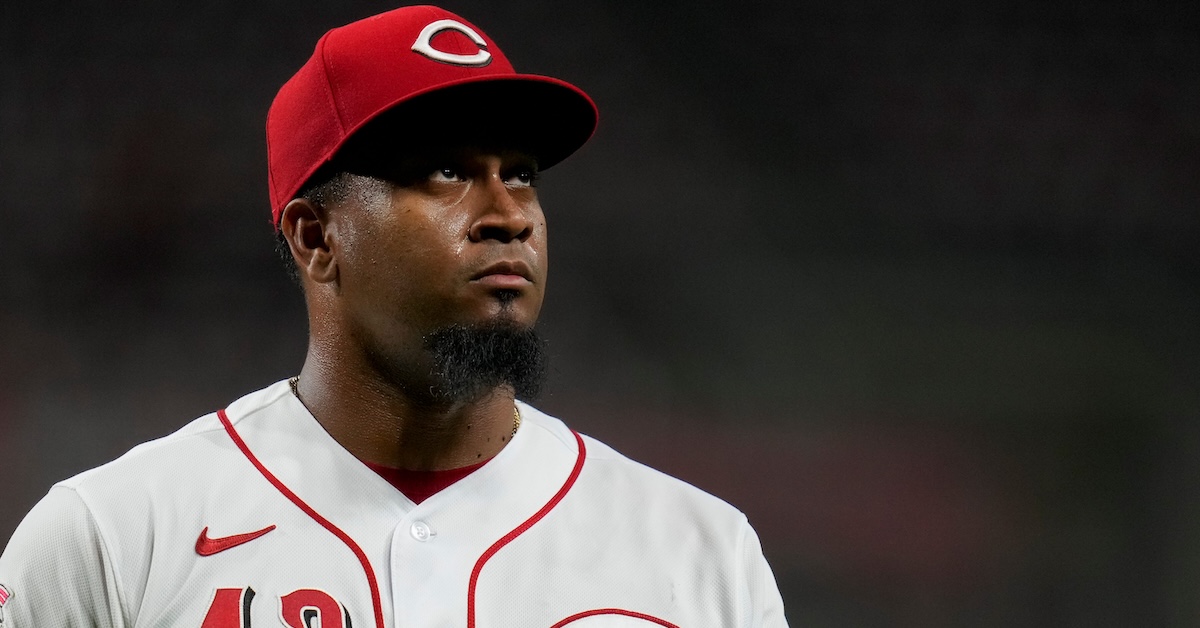Strike Zone Update Part 1: Has Umpiring Plateaued?

Back in January, I wrote an article called “Unfuzzing the Strike Zone.” The premise was pretty simple. As umpires have grown more accurate, as the edges of the strike zone have gotten clearer and more distinct, the strike zone has effectively gotten smaller. Misses go both ways, but there’s a big difference between an incorrectly called ball and an incorrectly called strike. Calling a pitch inside the zone a ball doesn’t shrink the effective size of the zone, but calling a pitch outside the zone a strike does make it bigger. As long as a pitcher knows it’s possible to get a strike call out there, they’ll consider it part of the zone. Little did I know that as I was writing that article, Major League Baseball was preparing to test its exact premise.
The strike zone has steadily shed its fuzz over the past 23 seasons, but on Thursday, Jayson Stark and Ken Rosenthal reported in The Athletic that the league has decided to break out a sweater shaver. Over the offseason, the Major League Umpires Association came to a new agreement with MLB. Part of the agreement included tightening the standards by which ball-strike calls are graded.
Umpires used to have a two-inch buffer around the edge of the strike zone, meaning that if they’d missed a call by fewer than two inches outside the zone, the call would still go down as correct in their assessments. Having that buffer is necessary because calling balls and strikes is extraordinarily difficult. It’s extremely rare for an umpire to get every call right even in a single game. The new border is just three-quarters of an inch on either side. The league is demanding a less fuzzy strike zone. Read the rest of this entry »
